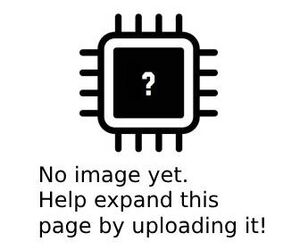More actions
This article is a stub. You can help Repair Wiki grow by expanding it
| Samsung Galaxy S7 USB device not recognised. No data transfer. | |
|---|---|
| Device | Galaxy S7, Galaxy S7 Edge |
| Affects part(s) | Motherboard |
| Needs equipment | Soldering Iron, Hot Air Station, Microscope, Multimeter |
| Difficulty | ◉◉◉◌ Hard |
| Type | Soldering |
Problem description
Plugging the phone into Windows displays the below error with no data connection possible.
USB device not recognized. The last USB device you connected to this computer malfunctioned, and Windows does not recognize it

Symptoms
- No data connection e.g. MTP
- USB device not recognized error.
Diagnostic Steps
Firstly, replace the charging port with a know good port, video guides can easily be found on YouTube. Then check to see if the issue is resolved.
If a new charging port doesn't fix the data connection/USB device not recognized error then the below diagnostics may help.
The below components are responsible for the data line on the phones mainboard. If any of these failing can cause this issue.
Resistors and Diodes can typically be tested using a multimeter, if any of these components are bad replace them with new components. These can be purchased brand new or taken off a donor board.
Galaxy S7 - SM-G930F - See Figure 1 for the location on the schematics diagram. (to be uploaded)
Resistors: R8020 + R8019 (part number: 2007-008774 . 2.2OHM,5%,1/20W,tp,0603)
Diode: ZD8008 + ZD8009 (part number: 0406-001690)
Galaxy S7 Edge - SM-G935F - See Figure 2 for the location on the schematics diagram. (to be uploaded)
Resistors: R8020 + R8019 (part number: 2007-008774 . 2.2OHM,5%,1/20W,tp,0603)
Diodes: ZD8008 + ZD8009 (part number: 0406-001690)
Repair Steps
It's easier to replace these tiny resistors and didoes using a hot air gun and tweezers rather than a soldering iron but it is possible to use either.
